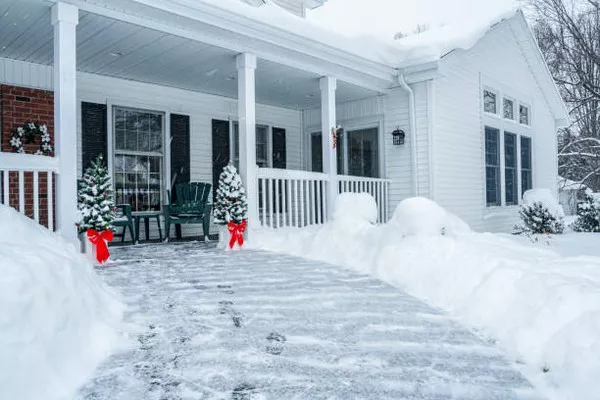As winter blankets landscapes in a pristine layer of snow, homeowners often find themselves grappling with the decision of when to employ a snowblower. The efficiency and effectiveness of a snowblower depend significantly on the depth of the snow it encounters. Understanding the optimal snow depth for snowblower usage is crucial to ensure not only efficient snow removal but also the longevity of the equipment. In this article, we will delve into the factors that influence the decision to use a snowblower and provide insights into the ideal snow depth for optimal performance.
Snowblower Types and Capacities
Before determining the ideal snow depth for using a snowblower, it’s essential to consider the type of snowblower in question. Snowblowers come in various types, such as single-stage, two-stage, and three-stage models, each with distinct capabilities.
Single-stage snowblowers are designed for lighter snowfalls and are more suitable for smaller areas like driveways and sidewalks. Two-stage and three-stage snowblowers, on the other hand, are equipped to handle larger volumes of snow and are more adept at tackling heavy, wet snow. Understanding the capacity of your snowblower is the first step in gauging the optimal snow depth for its usage.
Manufacturer Guidelines
Manufacturers provide guidelines on the recommended snow depth for their snowblower models. These specifications are crucial for ensuring the equipment’s optimal performance and longevity. Consult your snowblower’s user manual or contact the manufacturer directly to obtain precise information on the recommended snow depth for your specific model.
Understanding Snow Conditions
The type and condition of the snow play a significant role in determining the ideal snow depth for snowblower usage. Light, fluffy snow can be efficiently cleared by most snowblowers, even in smaller amounts. However, wet and heavy snow may require a more powerful snowblower and deeper snow accumulation for effective removal.
Additionally, the temperature can influence snow consistency. Colder temperatures can result in lighter, fluffier snow, while warmer temperatures may lead to heavier, denser snow. Consider these factors when deciding whether your snowblower is suitable for the current snow conditions.
Considering the Terrain
The topography of your property also affects the ideal snow depth for snowblower usage. Flat and even surfaces allow for easier snow removal, while uneven or sloped terrain may require a more powerful snowblower to navigate through varying depths. Understanding the topography of your property will help you determine the appropriate snowblower capacity and the ideal snow depth for efficient operation.
Safety Considerations
In addition to equipment performance, safety is a paramount consideration when deciding when to use a snowblower. Operating a snowblower in extremely shallow snow conditions can lead to potential damage to the equipment and pose safety risks. Rocks, debris, or uneven surfaces may be hidden beneath a thin layer of snow, causing damage to the snowblower’s auger or impeller.
Furthermore, using a snowblower in excessively deep snow can strain the machine, reducing its efficiency and potentially causing mechanical issues. It is crucial to strike a balance between the snow depth and the capabilities of your snowblower to ensure both effective snow removal and the safety of the equipment and operator.
See Also Do Electric Snow Blowers Have To Stay Plugged In?
Conclusion
Determining the ideal snow depth for using a snowblower involves considering various factors, including the type and capacity of the snowblower, manufacturer guidelines, snow conditions, terrain, and safety considerations. Consulting your snowblower’s user manual and understanding the specific features of your equipment is essential for making informed decisions.
By assessing these factors, homeowners can optimize the performance of their snowblowers, ensuring efficient snow removal during the winter months. Striking the right balance between the snow depth and the capabilities of your snowblower is key to maintaining both the effectiveness and longevity of this valuable winter tool. As winter settles in, homeowners can confidently navigate the snowy landscapes, armed with the knowledge to determine the perfect time to unleash their snowblowers for a hassle-free winter experience.


